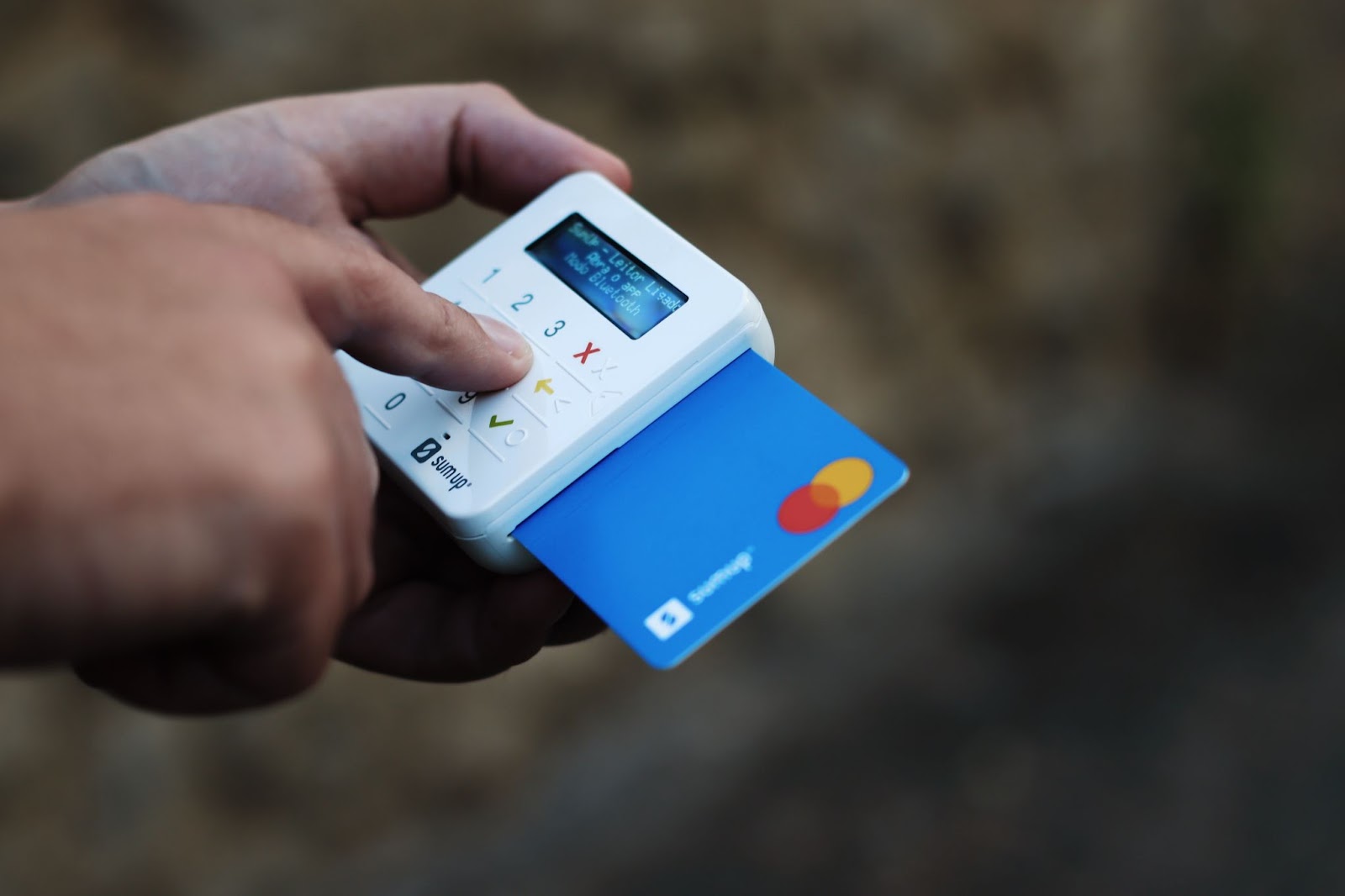
Everything You Need to Know About Being an Authorized User
Opening your own credit card can seem like the golden ticket to all the items on your wishlist but have you ever thought about the risks that come with it?
Here are just a few of the risks a credit card can bring.
A credit card is a big responsibility. If you’re unsure if you can take on such a big responsibility, becoming an authorized user may be a significant first step.
Authorized users are those added to a primary credit card holder’s account. They receive their own credit card with their name and can even make purchases, but with less freedom. It’s like a credit card on training wheels.
Keep reading to learn all your need to know about becoming an authorized user.
What is an Authorized User?
When trying a new thing, it can be better to ease your way in.
Like we said, an authorized user is somebody added to a credit card account. Becoming an authorized user on a credit card is a *relatively* harmless way to build a credit history.
By signing on to a family member’s account, you’ll have access to a card and purchases, but you are not legally obligated to make any payments on the account. The primary cardholder is the one responsible for making payments.
Think of it this way: when you learned to drive, you didn’t just get in the car and take off. You worked your way up. You learned the rope from your parents until you felt confident. And when you finally took that first solo drive, it was thrilling.
Being an authorized user won’t set you back. It’ll provide an easy, safe means of acquiring credit knowledge.
Who Can Be An Authorized User?
Worried you’ll be too old to be an authorized user? No stress.
Depending on your bank, almost anyone can be an authorized user. Bank of America, Wells Fargo, Capital One, and Chase all require no age restrictions. A few banks, on the other hand, have a minimum limit.
But the general rule of thumb is if you’re old enough to drive a car, you’re old enough to be an authorized user.
What’s a Joint Account?
It can be easy to confuse an authorized user with a joint account, but the former is much more risk-free.
On a joint account, both parties can make purchases, but both are liable for paying them off. Whereas on an authorized user account, only one party is legally liable.
You may want to save the joint account for future business (or life) partners.
Adding an Authorized User to a Credit Card
The process of adding an authorized user is simple. No need to go into your bank; you can do everything from home. The primary cardholder will contact their credit card issuer over the phone or via an online account. They’ll likely need to provide the user’s personal information, like their name, birthday, and social security number. Be prepared with this info.
Check your card issuer for the latest information on how to add an authorized user.

Becoming an Authorized User Pros
Becoming authorized comes with several benefits. From high credit scores to learning early, there are plenty of reasons to jump in.
#1 An Early Start
You must be 18 to open a credit card, meaning you can spend your teen years without any credit experience. As you leave for college, diving into crediting is overwhelming, especially with no previous history, so why wait?
In this world, experience is knowledge. By getting a hands-on test run – as young as 13 – you’ll be off to the races and competent by the time you get your first card.
#2 Establish Your Credit Score
Starting young doesn’t just give you a load of experience but concrete proof of your spending. In today’s day and age, your credit score is crucial. This score will help you get apartments, vehicles, and even your first house.
As long as the primary account holder (and yourself) are making wise spending choices and avoiding any late payments, being an authorized user can help build your credit score.
Pro-tip: Make sure to only become an authorized user on the account of a friend or family member who has a solid credit score and payment history.
#3 Rewards Potential
Who doesn’t like rewards? These days, credit cards offer several points for airline flights, food, and gifts.
With multiple users on the same credit card, you tend to make more purchases and, thus, get more rewards. Sure, you’ll be gaining knowledge, but at the same time, you and your parents might walk away with some swag too.
#4 Free of Charge
Adding an authorized user is entirely free. That’s right. All those perks we mentioned come free of charge– so long as you make an effort.
In this case, investing in yourself doesn’t cost a dime.
Becoming an Authorized User Cons
Many of the drawbacks to an authorized user can hurt the primary cardholder. By taking you under their wing, they’re taking on a risk.
#1 Cardholder’s Credit at Risk
Becoming an authorized user isn’t an open sandbox. The decisions you make still have an effect – they’re just on the cardholder’s shoulders. Any purchase and payment ultimately come down to their responsibility to pay off.
Before you rack up a balance at Nordstrom’s, remember that the cardholder will have to pay it back. If they can’t make up the money, it’ll hurt both their and your credit score. Ouch.
#2 Authorized User’s Credit Score is at Risk
In the same way, an authorized user can rack up a credit score; they can also shoot themselves in the foot. Good credit comes from on-time purchases and spending responsibility.
If you can’t keep up, your credit will suffer.
#3 A Cardholder can Remove an Authorized User At Any Time
Unlike your account, the primary cardholder can remove you from the account at a moment’s notice: all the more reason to link with somebody you trust, like your parents, and communicate the best ways to use the account.
Building credit isn’t a time for surprises: communicate your spending and make a budgeting plan. You’re a risk to the cardholder so show your gratitude by spending wisely and competently.
Become an Authorized User and Grow Yourself
Listen, there are pros and cons to being an authorized user.
Remember, being an authorized user on the account doesn’t save you from potential risks. You could still hurt the primary cardholder and yourself. Becoming an authorized user shouldn’t be a free-for-all but a learning experience.
Try it the same way you would a class: studying, doing homework, and being as responsible as possible.
Gross, we know, but it’ll set you up for the long haul. Hopefully, when you’re ready for your solo card, you’ll feel confident and secure in your financial habits. It can be easy to spend but hard to maintain a budget and pay off your expenses.
At Rising Tides, we’re all about starting young. Keep yourself fresh and up-to-date with our insightful blog. Explore other ways to set up your financial future, from saving money to short-term financial goals. You’re never too young to start your journey into finances.

Start Building Credit With Rising Tides
Your credit score may not seem all that important until you need it. From apartment applications to your car loans, this three-digit number is the key to your major life milestones.
-
✅ Build credit
-
✅ Remove negative items
-
✅ Change your life






-p-2000.png)
